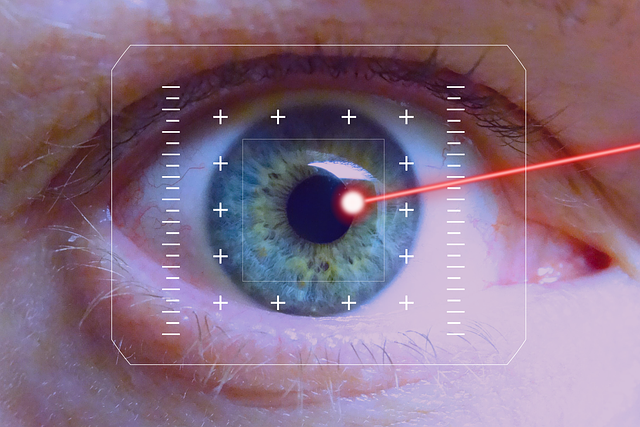Although we speak of space and time in the same breath, they are quite different in many ways. Space is something we perceive all around us. We see it (rather, objects in it), we can move our hand through it, and we know that if our knee tries to occupy the same space as, say, the coffee table, it is going to hurt. In other words, we have sensory correlates to our notion of space, starting from our most precious sense of sight.
Time, on the other hand, has no direct sensory backing. And for this reason, it becomes quite difficult to get a grip over it. What is time? We sense it indirectly through change and motion. But it would be silly to define time using the concepts of change and motion, because they already include the notion of time. The definition would be cyclic.
Assuming, for now, that no definition is necessary, let’s try another perhaps more tractable issue. Where does this strong sense of time come from? I once postulated that it comes from our knowledge of our demise — that questionable gift that we all possess. All the time durations that we are aware of are measured against the yardstick of our lifespan, perhaps not always consciously. I now wonder if this postulate is firm enough, and further ruminations on this issue have convinced me that I am quite ignorant of these things and need more knowledge. Ah.. only if I had more time. 🙂
In any case, even this more restricted question of the origin of time doesn’t seem to be that tractable, after all. Physics has another deep problem with time. It has to do with the directionality. It cannot easily explain why time has a direction — an arrow, as it were. This arrow does not present itself in the fundamental laws governing physical interactions. All the laws in physics are time reversible. The laws of gravity, electromagnetism or quantum mechanics are all invariant with respect to a time reversal. That is to say, they look the same with time going forward or backward. So they give no clue as to why we experience the arrow of time.
Yet, we know that time, as we experience it, is directional. We can remember the past, but not the future. What we do now can affect the future, but not the past. If we play a video tape backwards, the sequence of events (like broken pieces of glass coming together to for a vase) will look funny to us. However, if we taped the motion of the planets in a solar system, or the electron cloud in an atom, and played it backward to a physicist, he would not find anything funny in the sequences because the physical laws are reversible.
Physics considers the arrow of time an emergent property of statistical collections. To illustrate this thermodynamic explanation of time, let’s consider an empty container where we place some dry ice. After some time, we expect to see a uniform distribution of carbon dioxide gas in the container. Once spread out, we do not expect the gas in the container to coagulate into solid dry ice, no matter how long we wait. The video of CO2 spreading uniformly in the container is a natural one. Played backward, the sequence of the CO2 gas in the container congealing to solid dry ice in a corner would not look natural to us because it violates our sense of the arrow of time.
The apparent uniformity of CO2 in the container is due to the statistically significant quantity of dry ice we placed there. If we manage to put a small quantity, say five molecules of CO2, we can fully expect to see the congregation of the molecules in one location once in a while. Thus, the arrow of time manifests itself as a statistical or thermodynamic property. Although the directionality of time seems to emerge from reversible physical laws, its absence in the fundamental laws does look less than satisfactory philosophically.

Man, your posts are deep!
Time may be just the presence of motion and forces. Time could be due to expansion of space. Time is slow where expansion of space is slow like around large masses. If total motion and forces within a mass is a constant then as the linear motion is increased the internal motion as well forces within that object slow which is then percieved as slowing of time. If we think of two objects in orbit around each other and imagine time slowing down then we should observe motion slow down as well as forces get weaker. Forces are part of time. Forces determine the arrow of time. Without forces time will be perfectly symetrical and lack any direction.
Your post is interesting but in my view very heuristic and thus may not be an objective description of the nature of time. In physics, formulation of dynamics (whether classical or quantum) in terms of the energy Hamiltonian is very illluminating as it establishes certain fundamental relationships called canonical conjugate pairs e.g. Energy-time and Momentum-space.
Concentrating on the first conjugate pair (because we are interested in time) shows that Energy and time are intrinsically connected. In otherwords, the existence of energy creates time and time must exist for energy to exist. This also tells us in no uncertain terms that time is a physical quantity which has a meaning only in a physical universe (because of its connection with energy).
Time is not a metaphysical or philosophical quantity. It is generated in a physical universe in which energy exists and energy drives the system through changes through another physical property called time.